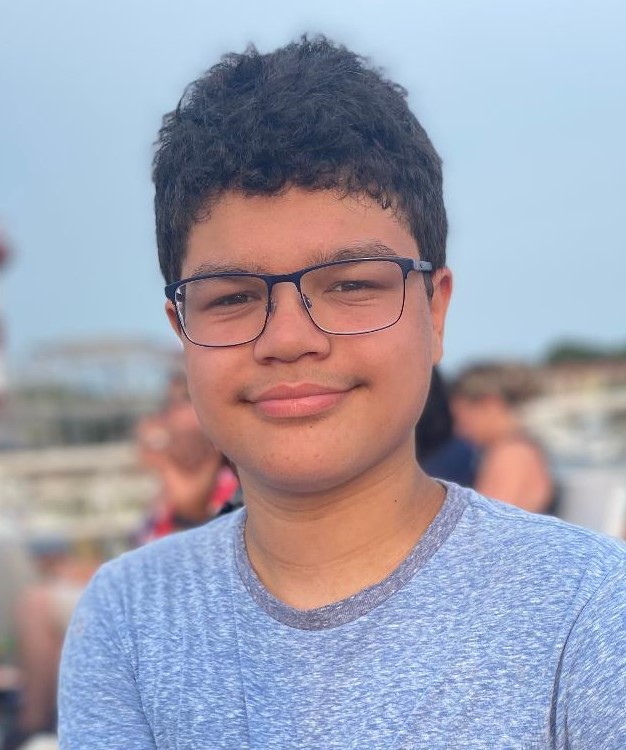 Elementary School Student Learns About Fat Molecules With Help From Rush
Elementary School Student Learns About Fat Molecules With Help From Rush
Gabriel Paner is an eighth grade student at Mark T. Skinner West Elementary School, located near Rush University Medical Center. He loves chemistry and is interested in pursuing career in science. Rasa Kazlauskaite, MD, MS, MsC, has been a mentor to Gabriel. His inquisitive nature, led him to learn how more about fat and weight loss. Below is a scientific investigation from Gabriel, which he volunteered to do conduct under the mentorship of Kazlauskaite.
History of Virtual Diabetes Technology Center
We are finding that continuous glucose monitoring technology
makes us more successful in diabetes management. In some respects, continuous
glucose monitoring technology development may be the second greatest tool in
diabetes care since discovery of insulin. Great strides have been made
integrating glucose sensing into insulin therapy for patients with type 1
diabetes and type 2 diabetes that requires insulin. Moreover, we find that
continuous glucose monitoring can be very empowering for patients with type 2
diabetes, including those who do not use insulin for treatment.
Dr. Rasa Kazlauskaite, a
specialist in diabetes and metabolism, have worked with patients who made great
changes in management of type 2 diabetes using glucose monitoring to guide
their real-life real-time decisions. We feel that continuous glucose monitoring
makes invisible disease visible and manageable. In a sense, “what is
measured, gets managed”. Nobody can do 288 fingerstick glucose measurements to
check their glucose levels over 24 hours – continuous glucose monitor measures
glucose 288 times without fingerstick, and makes that information accessible on
demand. But what shall one do with that information?
We discovered that it is hard to find information about changes
in glucose levels, unless one gets a medical school textbook. What happens to
glucose if a person with diabetes eats carbohydrates, how is that different in
person with diabetes? How long does the meal effect on glucose last? To answer
these questions, we decided to create a visual tool available to people with
diabetes, their loved ones, and their diabetes teams. This tool does not
replace your diabetes educator, but gives you a 6-minute overview about the
glucose changes throughout a day. To create this tool Dr. Rasa Kazlauskaite
(Dr. K.) asked for help from Christina Lorenzo, MS, then student in the
Department of Biomedical Visualization. Working with Dr. K., Christina created
and refined the visual tool that explains Glucose Changes throughout a day. To refine this tool we tested this tool on doctors, nurses,
medical assistants, dietitians, psychologists, nurse practitioners, clinic
coordinators and research assistants. Christina Lorenzo graduated from
University of Illinois with distinction, and for her research earned
the prestigious Vesalius award.
These events started our Diabetes Technology Initiative. Our
mission is to facilitate finding diabetes management resources, create and test
new resources, inform and integrate use of those resources in medical practice.
Dr. Rasa Kazlauskaite has a special interest to explore the best
use of continuous glucose monitoring to help patients with type 2 diabetes,
particularly those who are not treated with insulin, and those who just started
insulin treatment and want to change their diabetes management by making changes
in their lifestyle and food. We started by inviting our patients to share their
stories, to tell how continuous glucose monitoring help their lives.
More information is coming about the research studies at Rush
that involve diabetes technology.